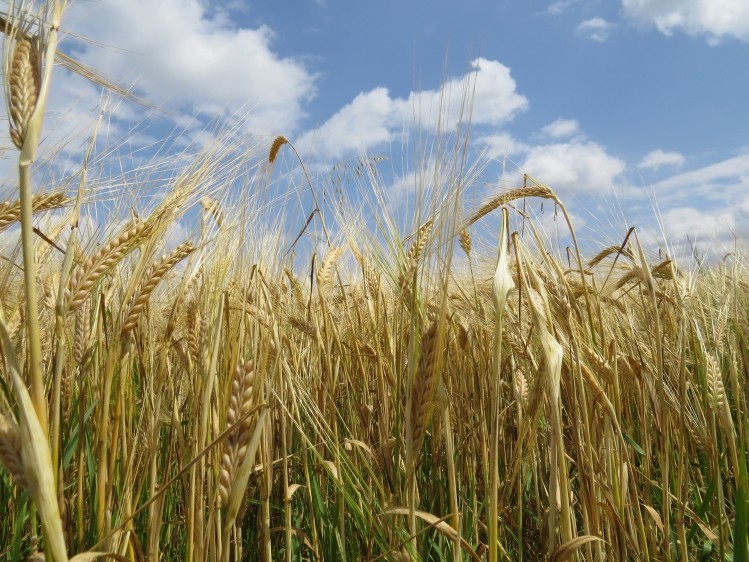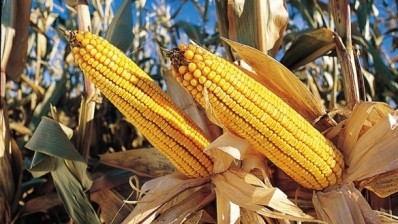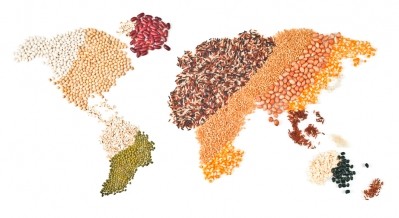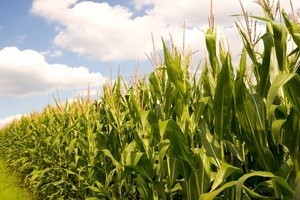Special Edition: Grain Market Developments
Saudi Arabia: changes underway in control of import, distribution of feed barley

Saudi Arabia announced at the end of September that imports of feed barley and management of local distribution would be handled by the Saudi Grains Organization (SAGO) instead of through the Saudi Grain and Fodder Company (SGFC).
The policy change was shared in a report by the attaché for the US Foreign Agricultural Service of the US Department of Agriculture (USDA). The responsibility shift happened at the start of October.
SAGO will import barley directly through public tenders open to registered international exporters; it does not buy through grain brokers. The USDA report noted SAGO’s takeover of the barley imports portfolio will make Saudi barley imports and distribution more transparent, as the organization will release import data, prices and quantity to the public on its website.
This level of transparency has not existed for the past five years, added the publication. In marketing year (MY) 2015/16, which ended in June 2016, Saudi Arabia imported about 11 million MT of feed barley, an increase of about 36% compared to the same period in MY 2014/15.
The US Grains Council said it is hoped the move will generate fewer complaints.
“The main problem with the Ministry of Finance controlling imports was due to corruption claims,” the Council told us.
However, the change to the import system is not expected to have any immediate effects on US imports of the feed grain, it said.
“Since it’s a public tender, it won’t affect US exports of barley,” said the Council. “The US can only participate in this market if it’s price competitive with other origins.”
Wide distribution
One goal of SAGO's handling of the feed imports is to ensure distribution reaches across the country, said the USDA.
“The organization indicated in its statement that it will make sure that subsidized imported feed barley reaches all livestock farmers in all regions of the Kingdom through existing approved distributors and cooperative associations,” reported the USDA.
SAGO also has said that it is set to follow international practices used for wheat procurement to import feed barley.
"For the first time since barley subsidy regime was established more than three decades ago, the domestic whole sale and retail prices of imported barley will be reviewed and perhaps adjusted quarterly according to prevailing international prices by the Ministerial Committee of Supplies which is made up of three ministries – Finance, Agriculture and Commerce,” said the USDA.
SAGO previously had responsibility for feed barley. Until 1998 that organization, then called the Grain Silos and Flour Mills Organization, was the only importer and distributor of feed barley in that country.
Importing duties then were transferred to the private sector until they were given to the Saudi Ministry of Finance (MOF), which oversaw the work through the SGFC, said the department.
“Since taking over barley imports, MOF and SGFC have not released any information related to quantities of imported barley, imports prices and strategic stock level,” said the USDA. “SAGO’s handling of barley imports will make Saudi barley imports, distribution and stock level very transparent as regularly updated data will be available to the public on its website similarly to its detailed wheat import, distribution and stock data.”
Feed sales
Future needs of feed barley imports are expected to rely on demand and product availability in Saudi Arabia, said the USDA.
In previous years, domestic demand has been reported at about 7 to 8m metric tons, said the department. Data from exporting countries suggested that about 11m metric tons was imported for the marketing year 2015/16 that ended in June.
Russia was the largest supplier for the country accounting for about 22% market share, followed by the Ukraine, which has about 21% of the share, said the department. Other top suppliers for the period include Argentina, Germany and Romania.
















